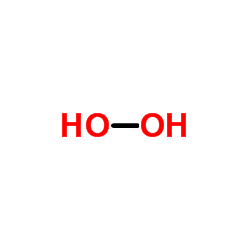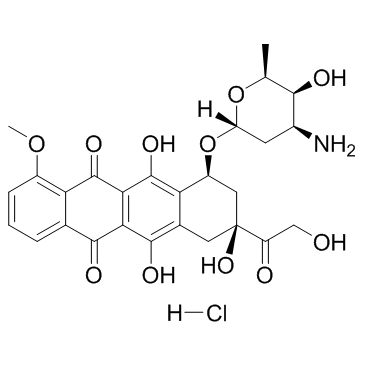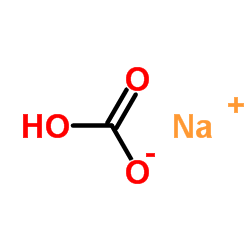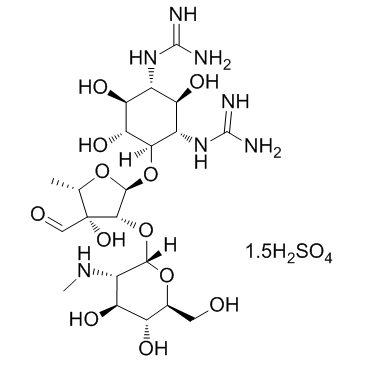| Structure | Name/CAS No. | Articles |
|---|---|---|
 |
Hydrogen peroxide
CAS:7722-84-1 |
|
 |
Formaldehyde
CAS:50-00-0 |
|
 |
Forskolin
CAS:66575-29-9 |
|
 |
Dimethyl sulfoxide
CAS:67-68-5 |
|
 |
Oncostatin M from mouse
CAS:106956-32-5 |
|
 |
Doxorubicin Hydrochloride
CAS:25316-40-9 |
|
 |
Menadione
CAS:58-27-5 |
|
 |
SodiuM bicarbonate
CAS:144-55-8 |
|
 |
Steptomycin sulfate
CAS:3810-74-0 |
|
 |
CISAPRIDEMONOHYDRATE
CAS:260779-88-2 |